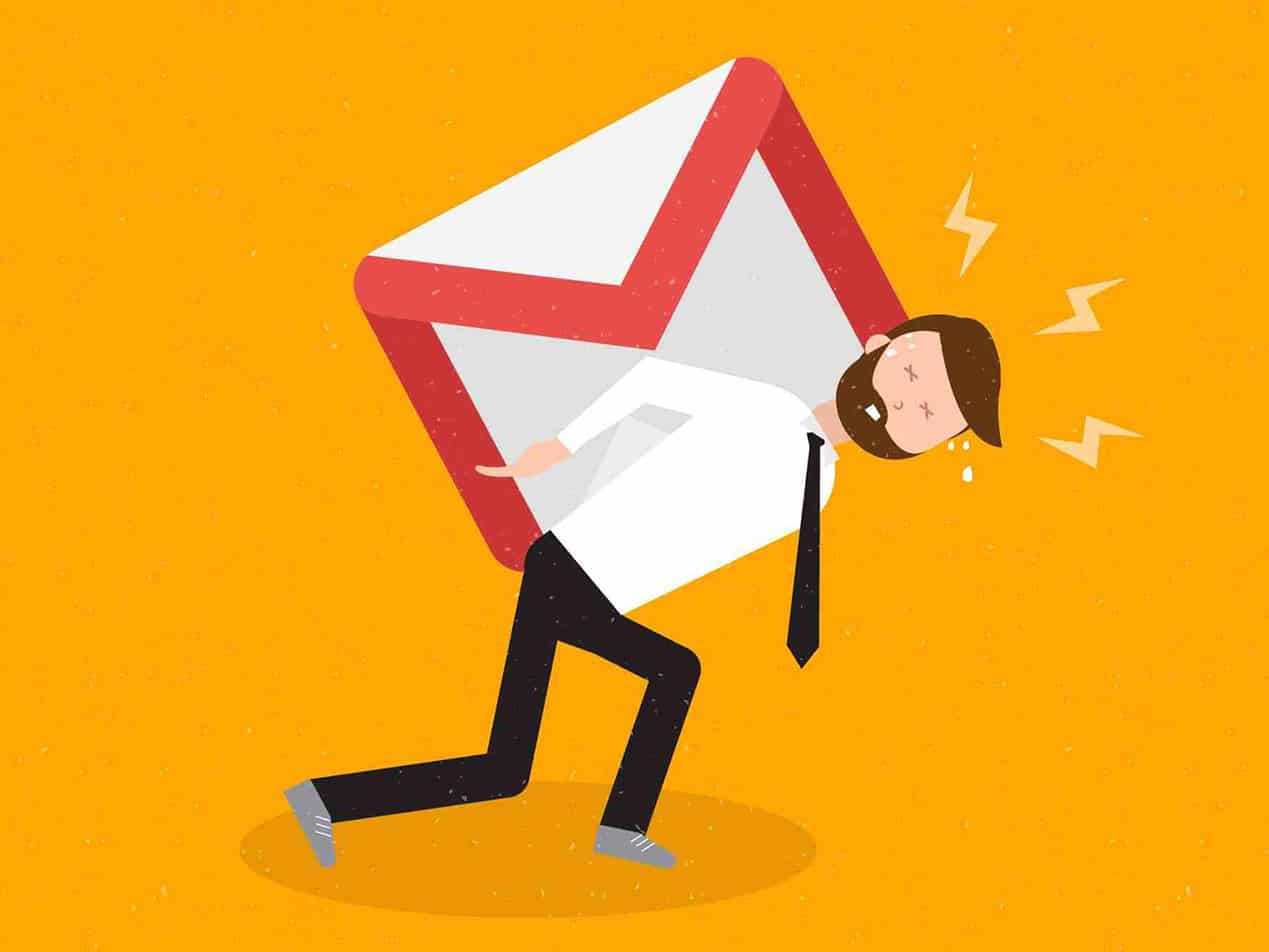Written by Ryan Ozawa | December 01, 2020

Remote work is stressful
Since the beginning of the pandemic, the impact of remote work on employees has been a hot topic. When the parameters of the job change, employees must also change. Add the looming threat of a pandemic, says Harvard psychologist Luana Marques, and people spend more time in "fight-or-flight mode." "They’re trying to do a lot, and really, they don’t have as much brain capacity, as much thinking capacity as they had before,” Marques says. Now more than ever, it's critical to be aware of the physical and mental health of employees, especially as it becomes part of the new normal in health care.Email volumes skyrocket
For over a decade, email has been a major part of the average workday. But thanks to COVID-19, the use of email has greatly increased. Early in the pandemic, emails within organizations doubled. Within the health care industry, email volume increased by 300 percent. And weekend email volumes increased by 1,000 percent. And each email, according to author and psychologist Ron Friedman, "represents another demand on your time and another decision you have to make." That mental load poses a risk to the employee, to be sure, but also to the company.More than a health risk
The dual demands of remote work and increased email volumes have another consequence: an increased risk of sensitive data being exposed by outbound email data breaches. SEE ALSO: Cybersecurity Challenges of Remote Working Email security firm Egress surveyed 538 senior managers responsible for IT security in the UK and US across vertical sectors including healthcare, financial services, banking, and the legal industry. Key findings include:- 93% had experienced data breaches via outbound email in the previous year.
- The most common breach types were replying to spear phishing emails (80%), emails sent to the wrong recipients (80%), and incorrect file attachments (80%).
- 70% believe that remote working raises the risk of sensitive data being put at risk from outbound email data breaches.
